Gallery: Images of a New African Protected Area
Victoria Falls

A view of massive Victoria Falls from an airplane. The falls are encompassed in the new Kavango Transfrontier Conservation Area.
Victoria Falls
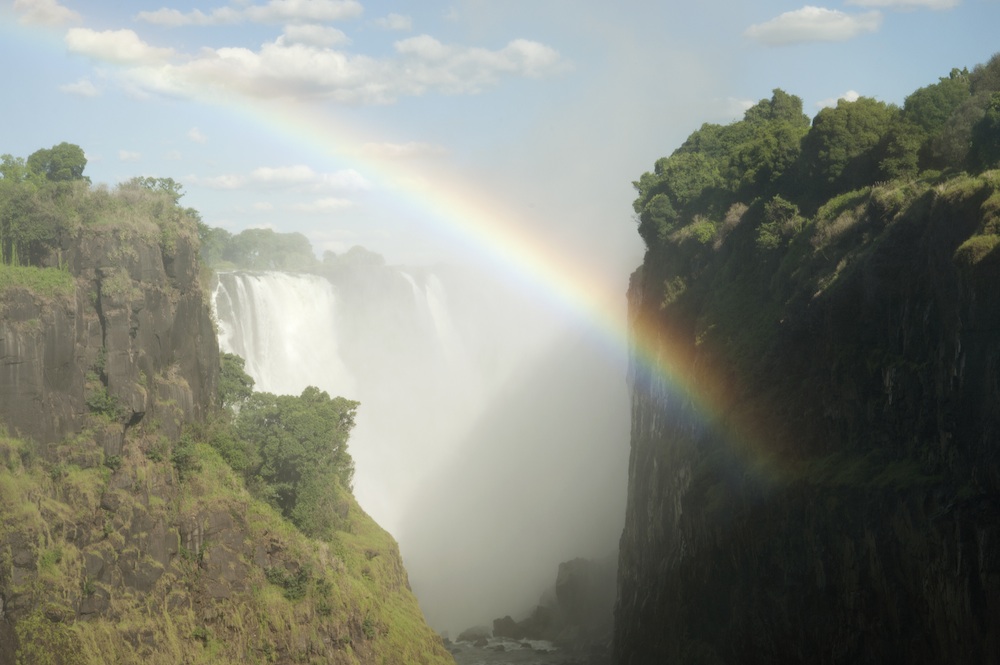
A rainbow stretches over Victoria Falls. Officials hope that KAZA will encourage wildlife tourism.
Chobe River Lodge

Lodge on the Chobe River within KAZA, the Kavango Zambezi Transfrontier Conservation Area.
Indigenous Hunters

Indigenous people demonstrate traditional hunting methods in the Kavango Zambezi Transfrontier Conservation Area.
Sunset in Okavango, Namibia
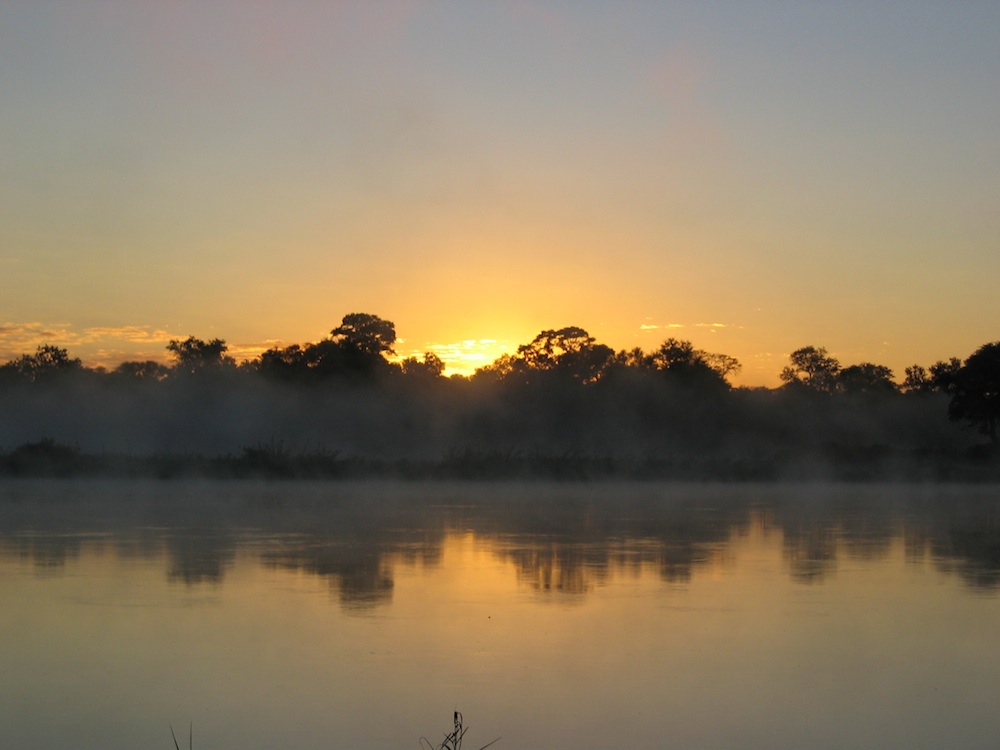
The Okavango delta in Namibia provides a seasonal refuse and water source for elephants, lions, hyenas and more.
Elephants on the Bank
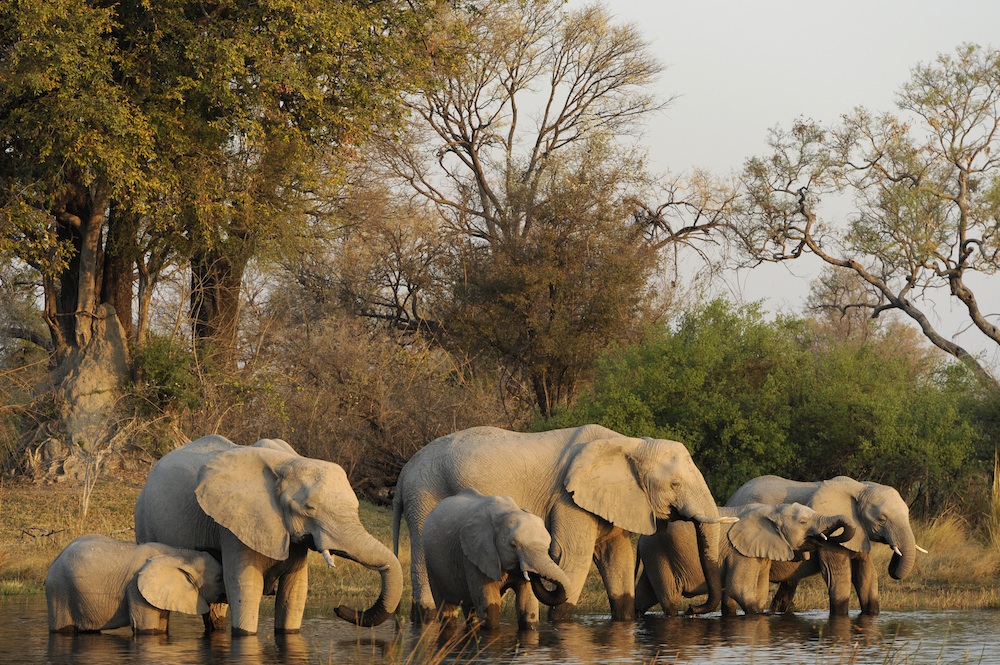
Elephants gather for water in the KAZA conservation area.
Professional Trackers
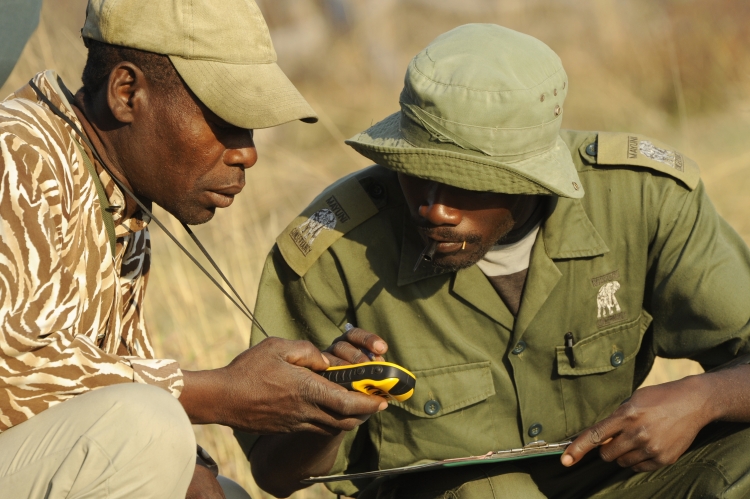
Two professional trackers in the KAZA conservation area.
Get the world’s most fascinating discoveries delivered straight to your inbox.
Kingfishers
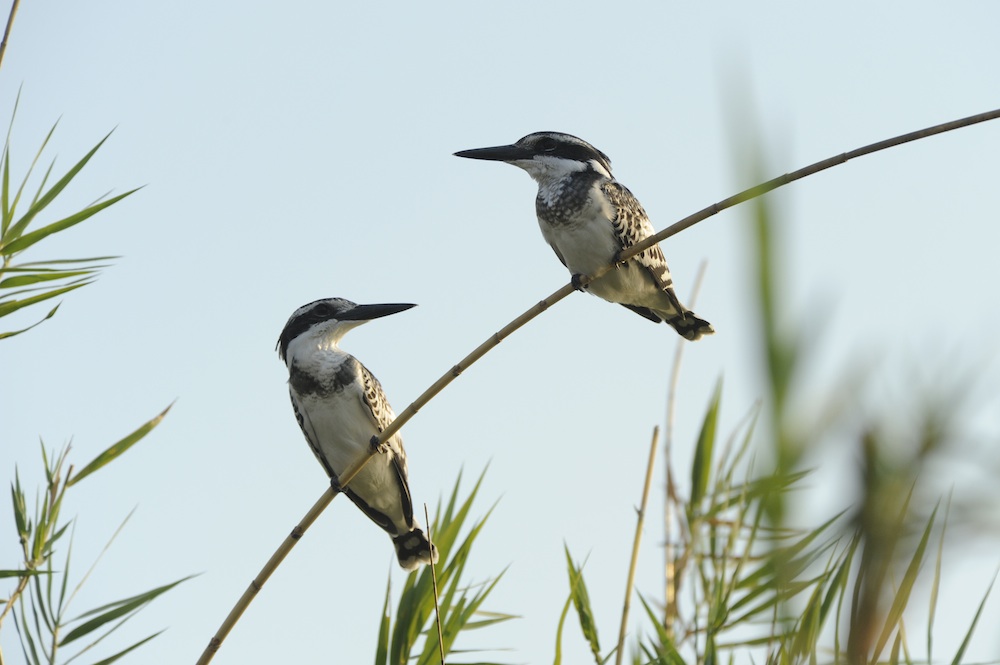
Two kingfishers on a branch. The KAZA area is home to 3,000 species of birds.
Elephant
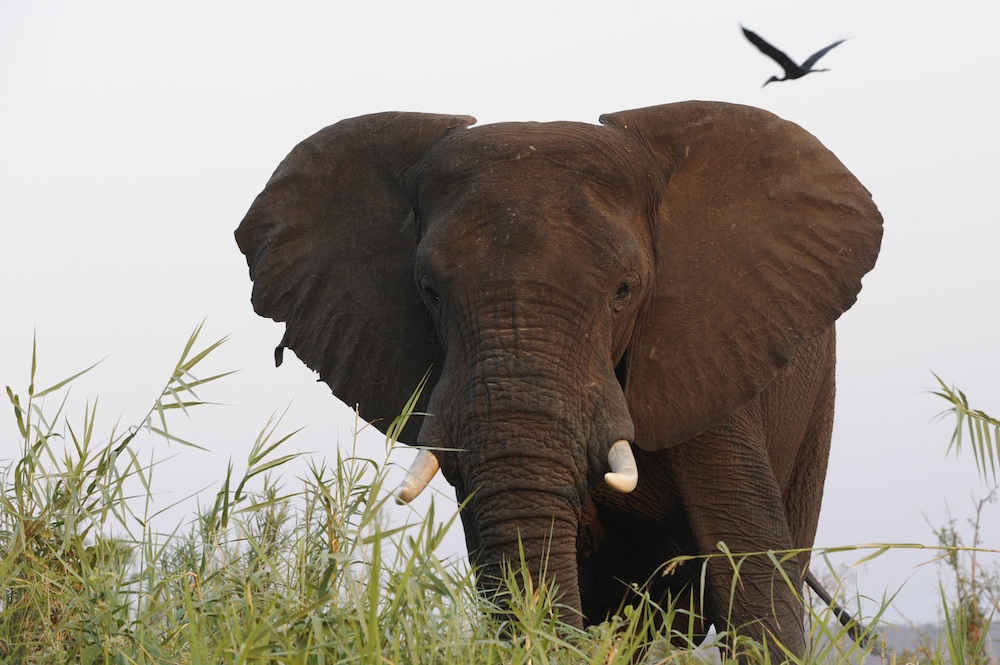
The new Kavango Zambezi Transfrontier Conservation Area is home to 44 percent of Africa's elephants.
Kingfisher in Flight

A kingfisher in flight.
Elephant View
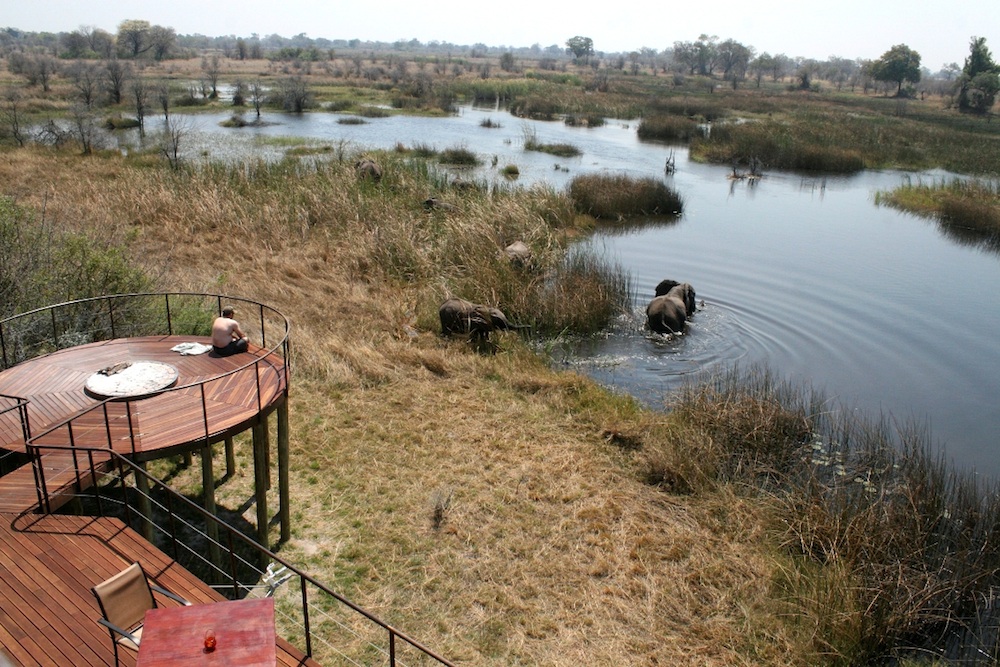
A lodge in KAZA offers a front-seat view of bathing elephants.

Stephanie Pappas is a contributing writer for Live Science, covering topics ranging from geoscience to archaeology to the human brain and behavior. She was previously a senior writer for Live Science but is now a freelancer based in Denver, Colorado, and regularly contributes to Scientific American and The Monitor, the monthly magazine of the American Psychological Association. Stephanie received a bachelor's degree in psychology from the University of South Carolina and a graduate certificate in science communication from the University of California, Santa Cruz.


